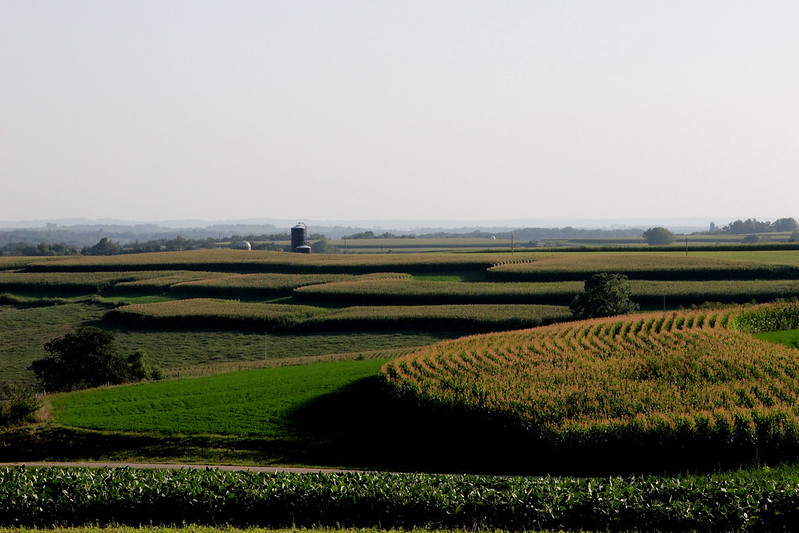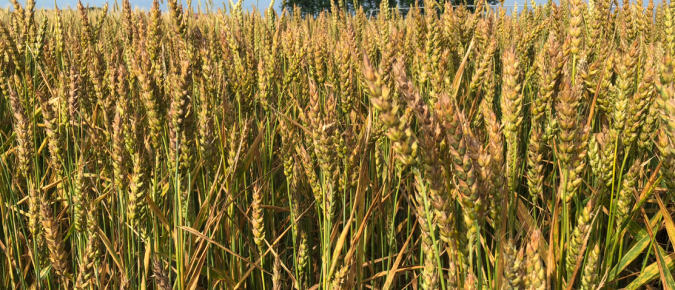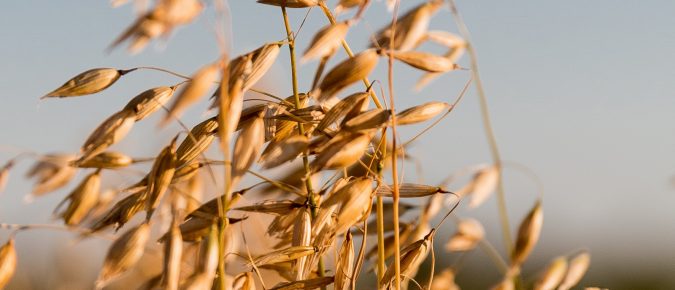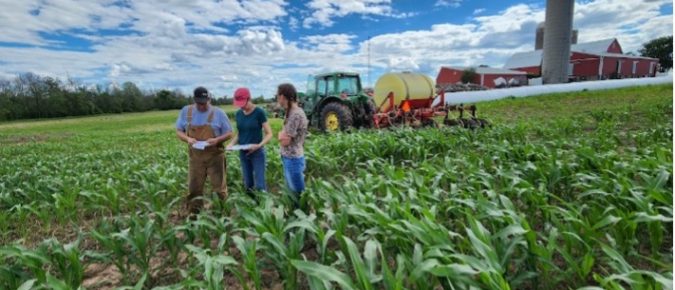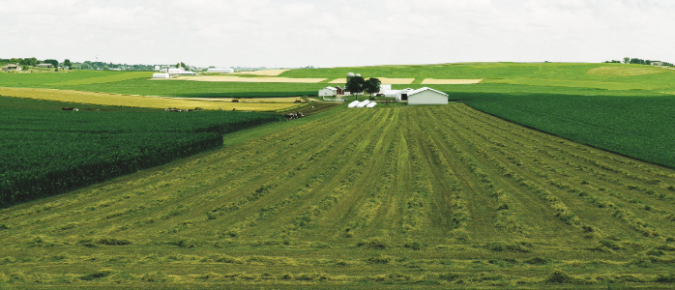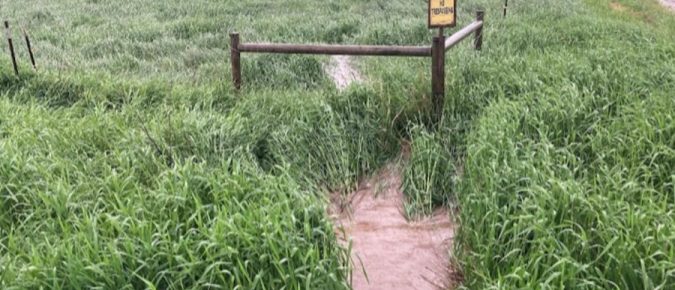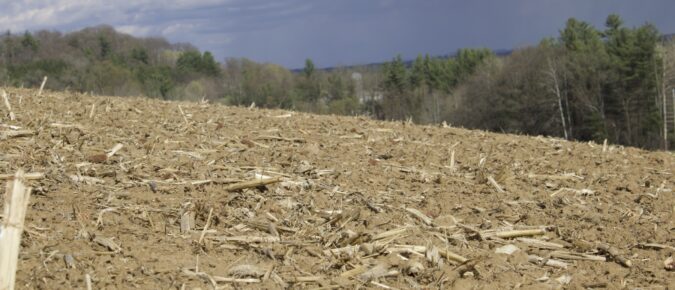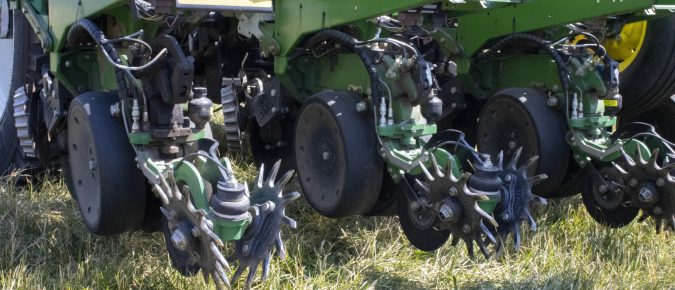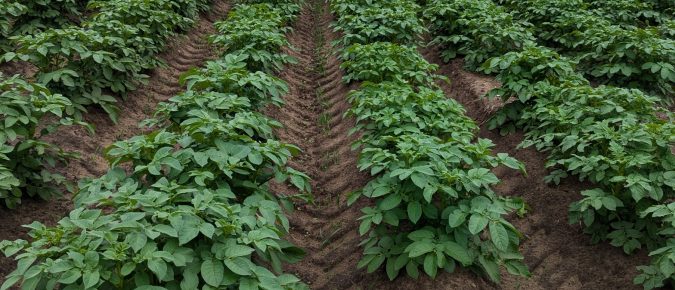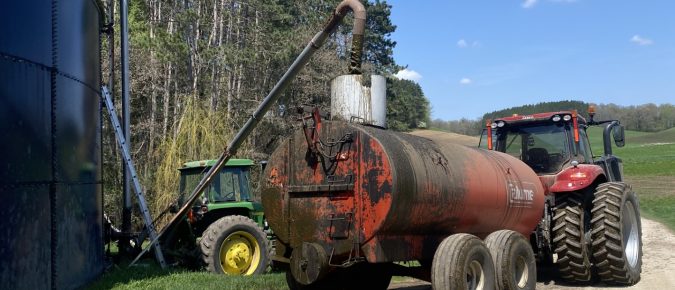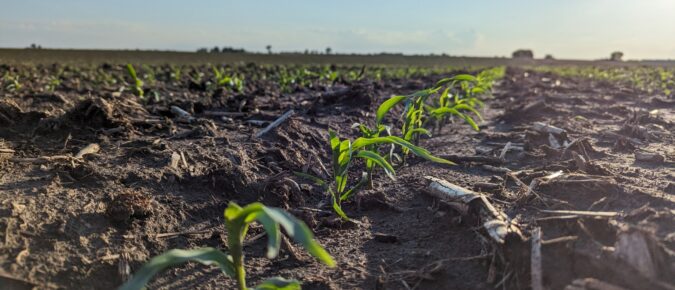In this video, Scott Reuss, regional crops educator, UW–Madison Extension, presents findings from multi-year research trials investigating optimal sulfur application rates for winter wheat in northeastern Wisconsin.
In this video, Dan H. Smith explores practical tips for calculating seed needs, managing storage conditions, and evaluating the economic value of straw and nutrient exports.
Explore 2024 Nitrogen Optimization Pilot Program activities, projects, and program details.
High soil pH does not have to derail your yield goals. With smart fertility planning, informed seed choices, and targeted nutrient management, Wisconsin farmers can manage high pH zones effectively.
An overview of the following soil health indicators: Soil Organic Matter (SOM), Soil Organic Carbon (SOC), Potentially Mineralizable Carbon (MinC), Permanganate Oxidizable Carbon (POXC), Total Nitrogen (TN), Potentially Mineralizable Nitrogen (PMN), Autoclaved Citrate Extractable (ACE) Protein, and Aggregate Stability (AS).
In this video, Hava Blair, researcher, UW–Madison Department of Soil and Environmental Sciences, presents an in-depth overview of the Wisconsin Phosphorus Index (P Index), a modeling tool used to estimate phosphorus runoff from agricultural fields to nearby surface waters.
In this video, Kelsey Hyland and Laura Paletta from UW–Madison Extension’s Ag Water Program explore phosphorus stratification in Wisconsin agricultural soils and its implications for water quality.
Chris Clark and Landon Baumgartner, UW–Madison Extension Nutrient and Pest Management Team, discuss why getting seed depth right is the key to achieving uniform emergence and strong roots.
Dan Marzu, UW–Madison Extension Nutrient and Pest Management Outreach Specialist, and Guolong Liang, UW–Madison Extension Agriculture Water Quality Outreach Specialist, discuss managing nitrogen in potato and vegetable crops.
Nutrients are vital for crop development and yield outcomes, but they are also an input cost that should be optimized for profit; not yield alone. This document serves as a centralized resource containing soil fertility information for small grain crops.
An overview of Dr. Rebecca A. Larson’s research focused on real-time nutrient sensing in manure using a near-infrared (NIR) sensor system.
Chris Clark presents data from 29 years of manure samples, highlighting trends in micronutrient levels such as calcium, magnesium, sulfur, boron, copper, zinc, manganese, and iron and whether these levels are sufficient for common row crops.

